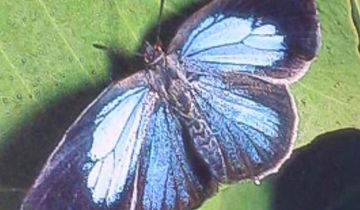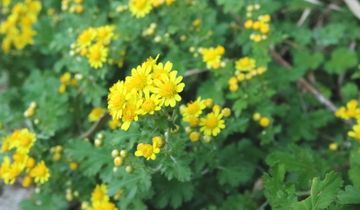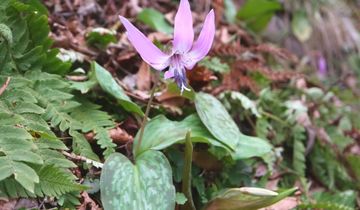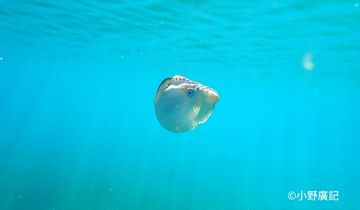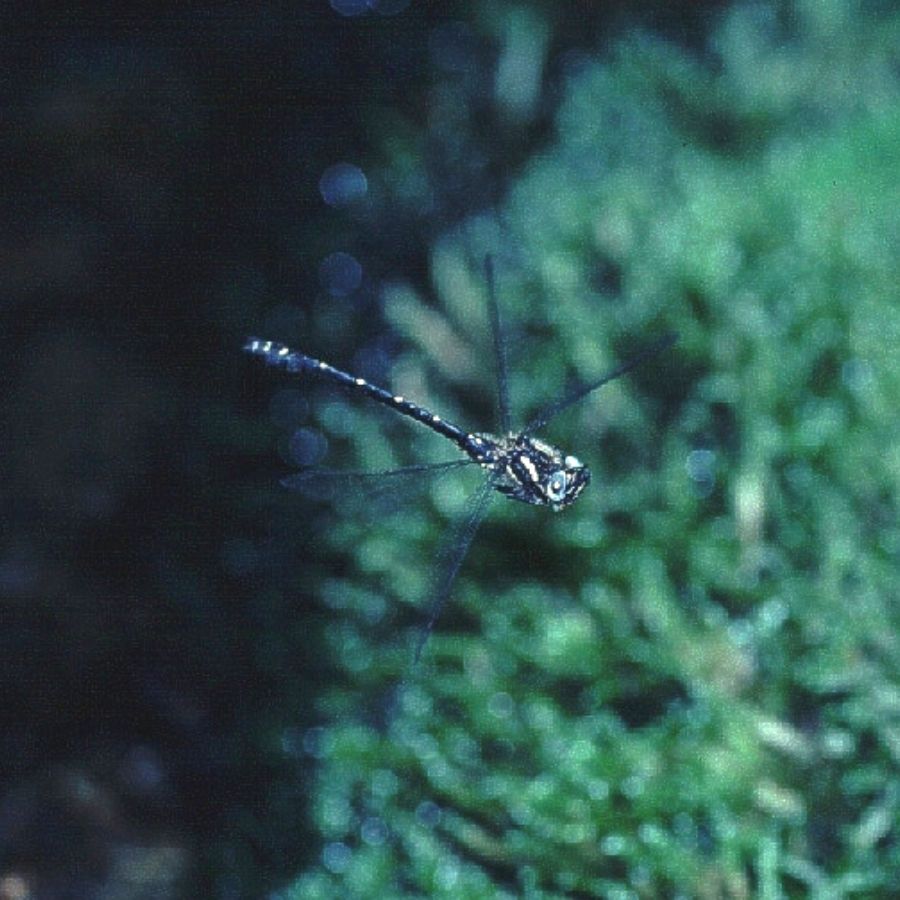
No translations for '独自の生態系' - No translations for '昆虫'
This dragonfly reaches adulthood after a larval period of about 7 years spent in clear streams. Its body is around 50 mm in length, its left and right compact eyes are separated, and its front and rear wings are almost the same shape and narrow at the base.
Due to its body features, the Japanese relict dragonfly is considered to retain the most primitive characteristics of all living dragonfly species, and as such is called a "living fossil." There are three known varieties of relict dragonfly living today: the Japanese relict dragonfly endemic to Japan, the Himalayan relict dragonfly (Epiophlebia laidlawi) found in the Himalayan mountains, and a third species found in northeast China (Epiophlebia sinensis).
This dragonfly is mainly seen flying around mountain streams from late April through May. Females lay their eggs alone on plants such as butterbur, Japanese horseradish, and mosses.
-
Scientific Name
Epiophlebia superstes
-
Classification
Family Epiophlebiidae
-
Distribution
Honshu, Shikoku, Kyushu


